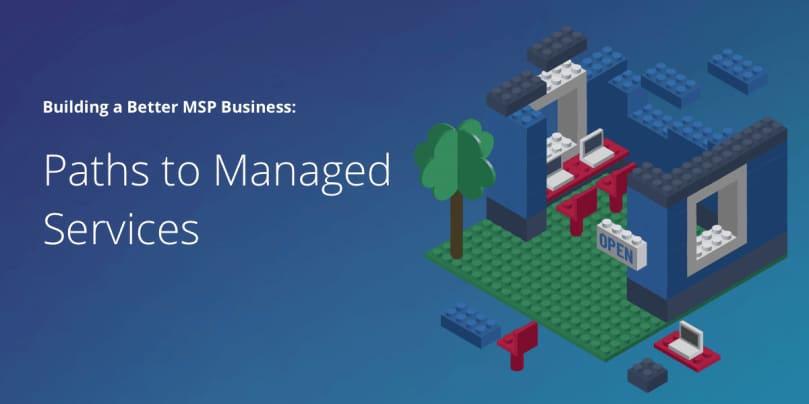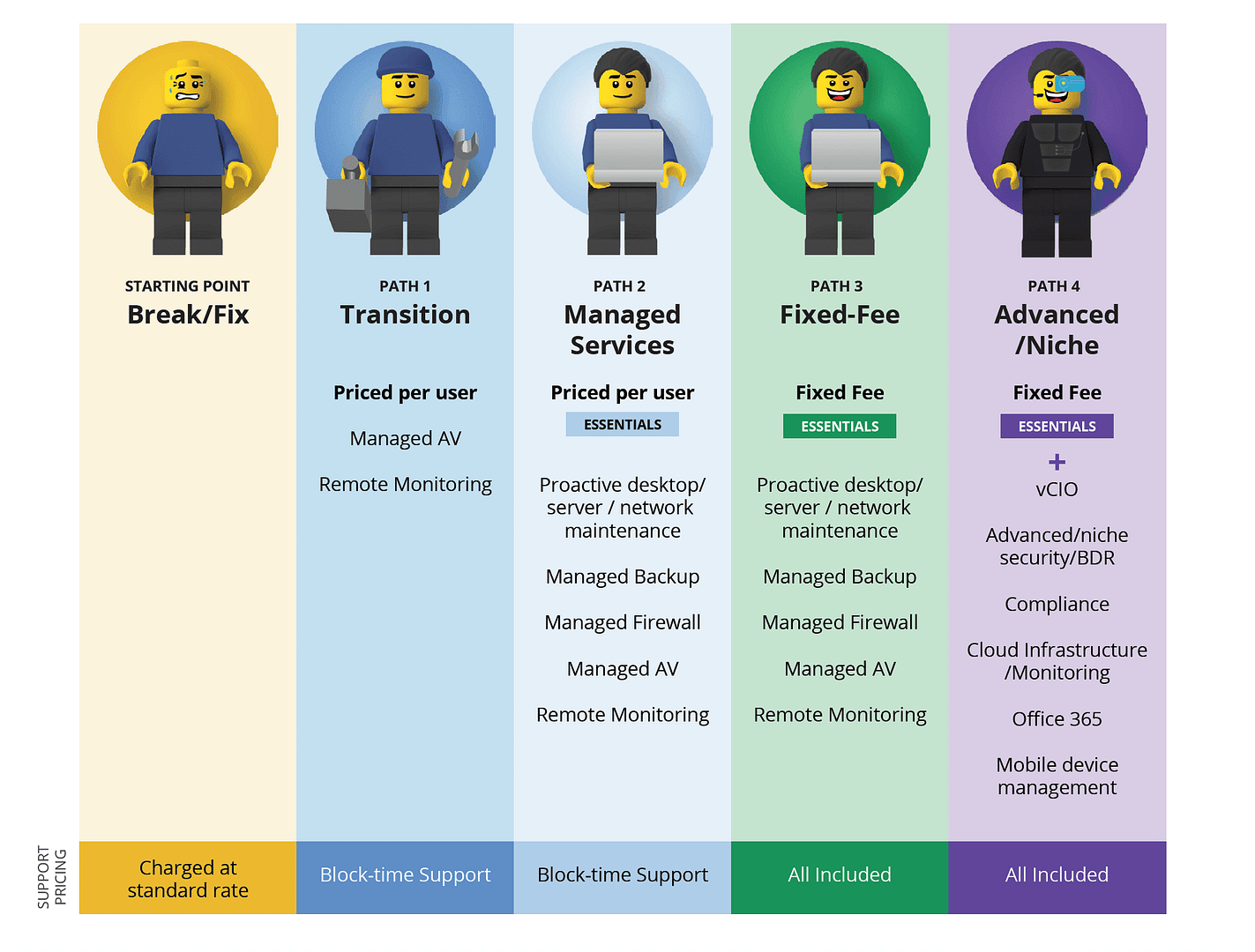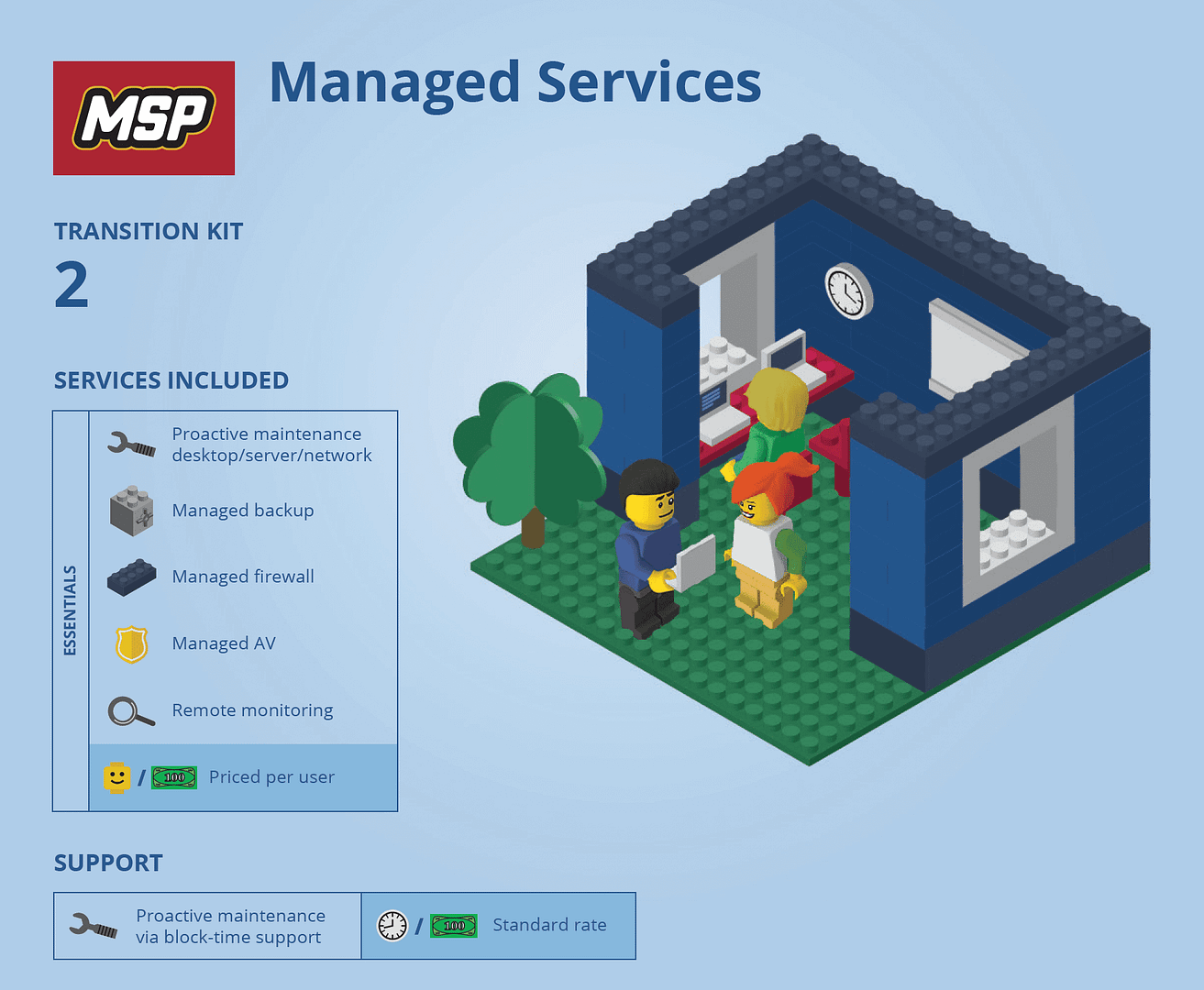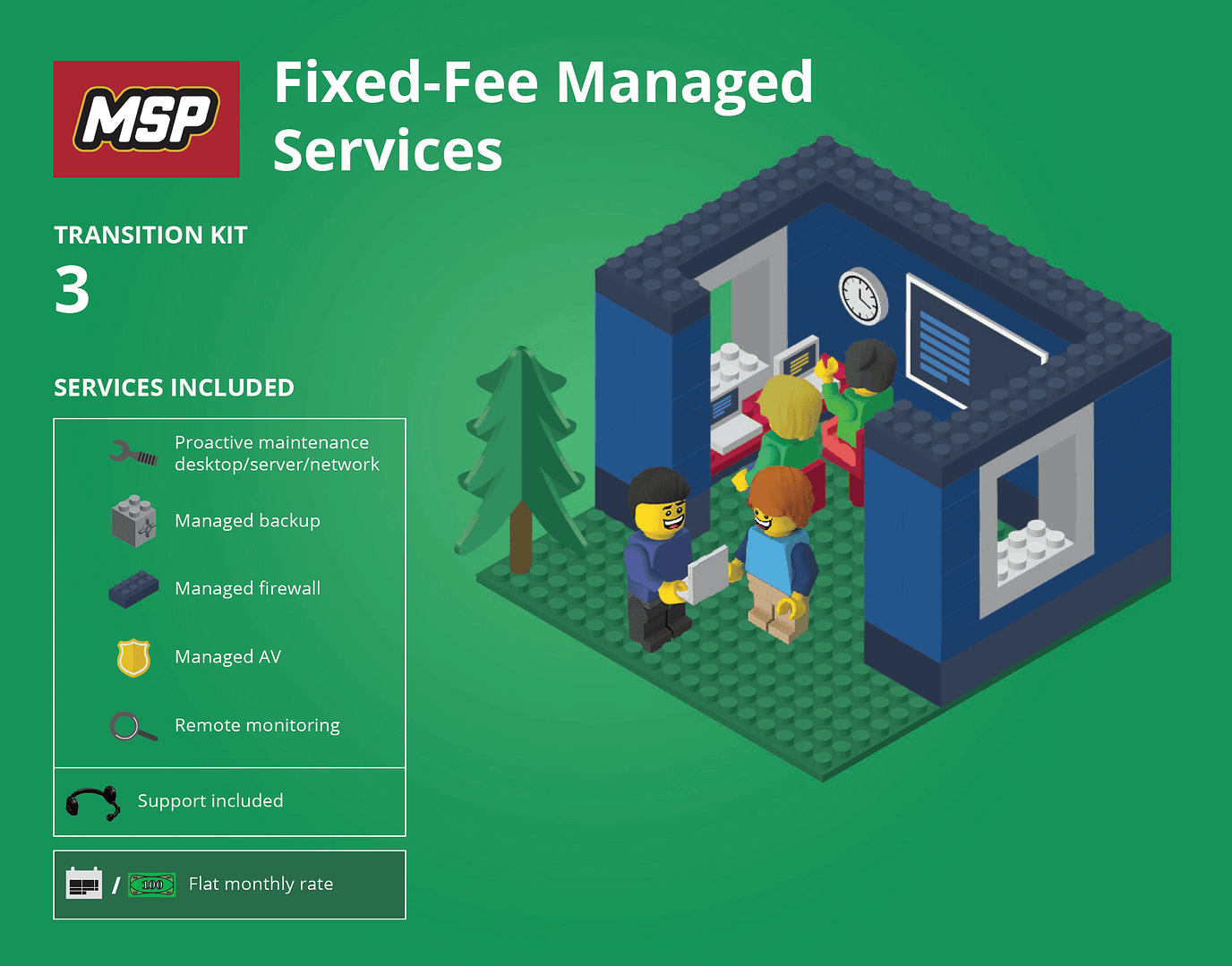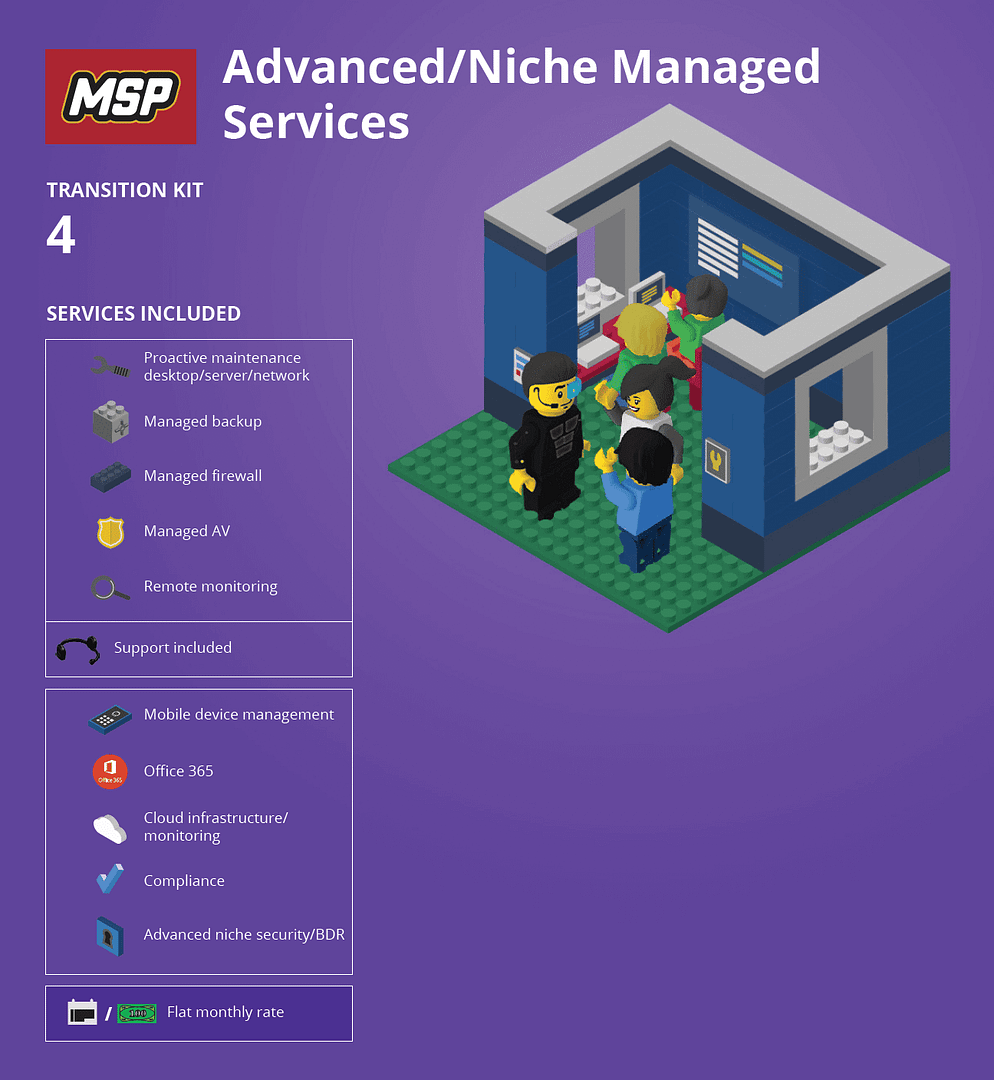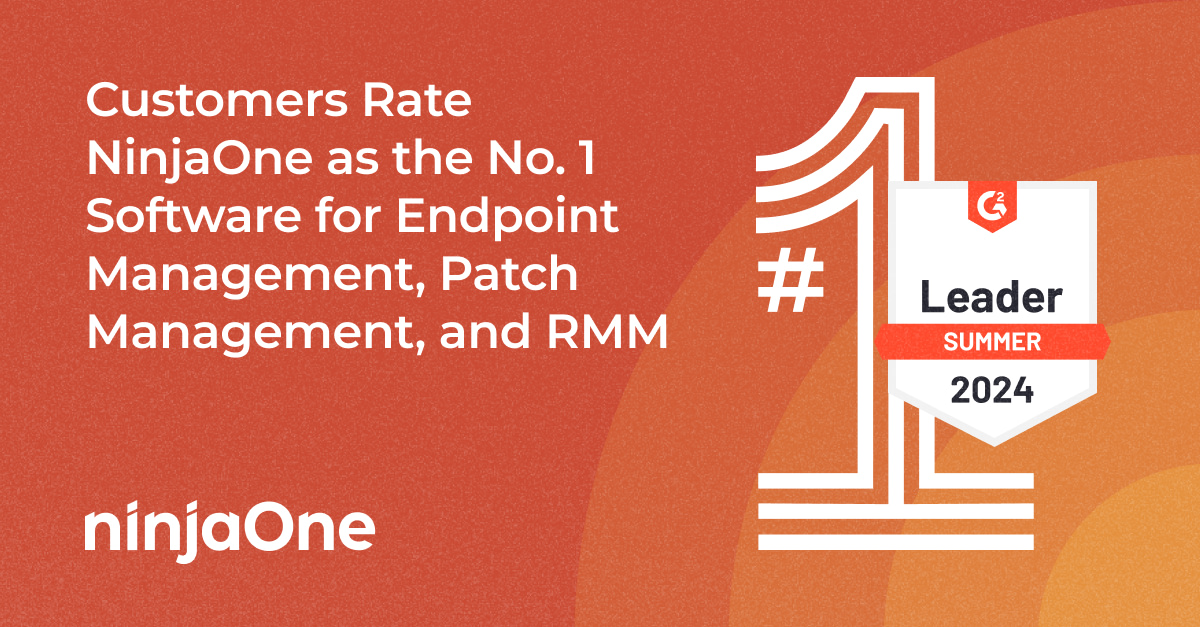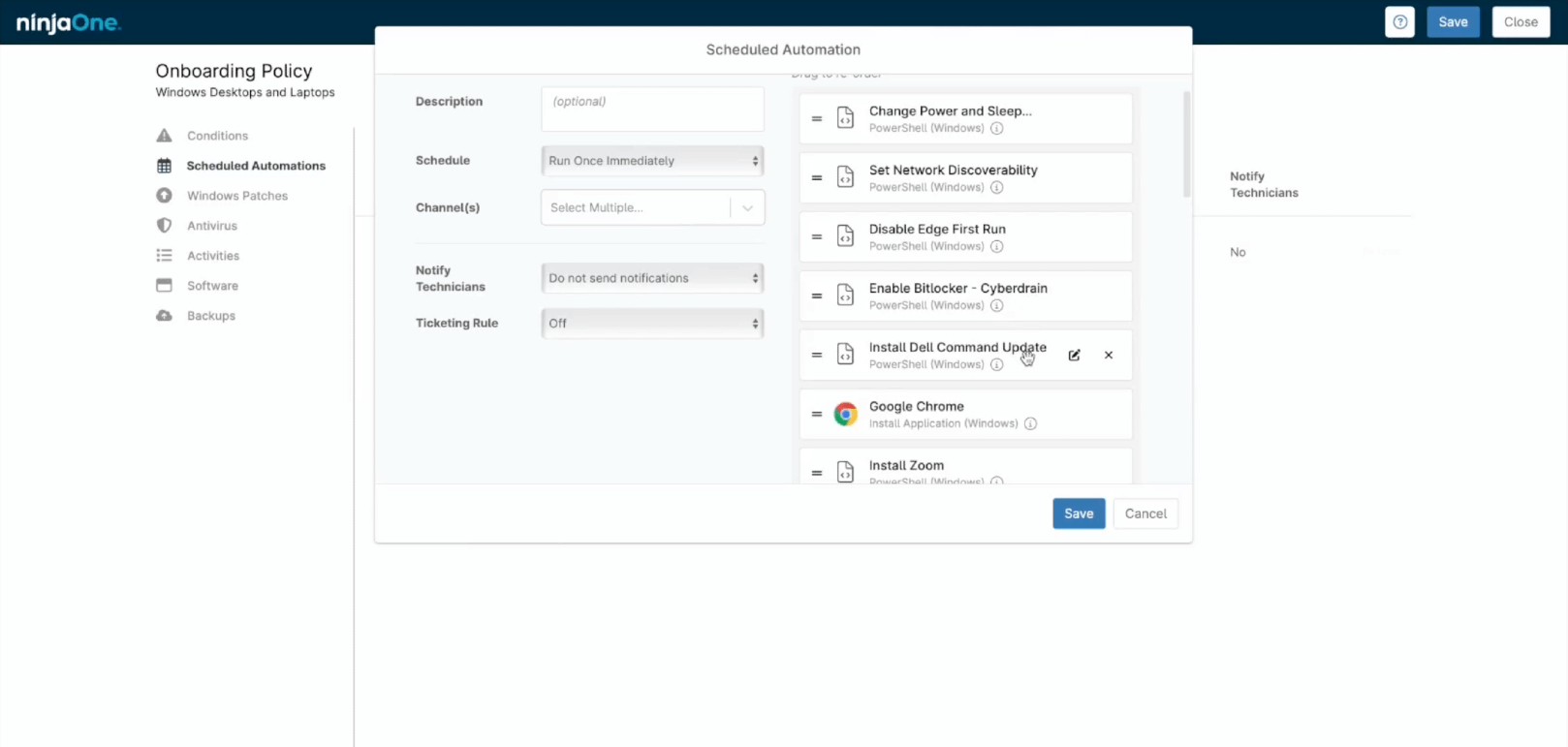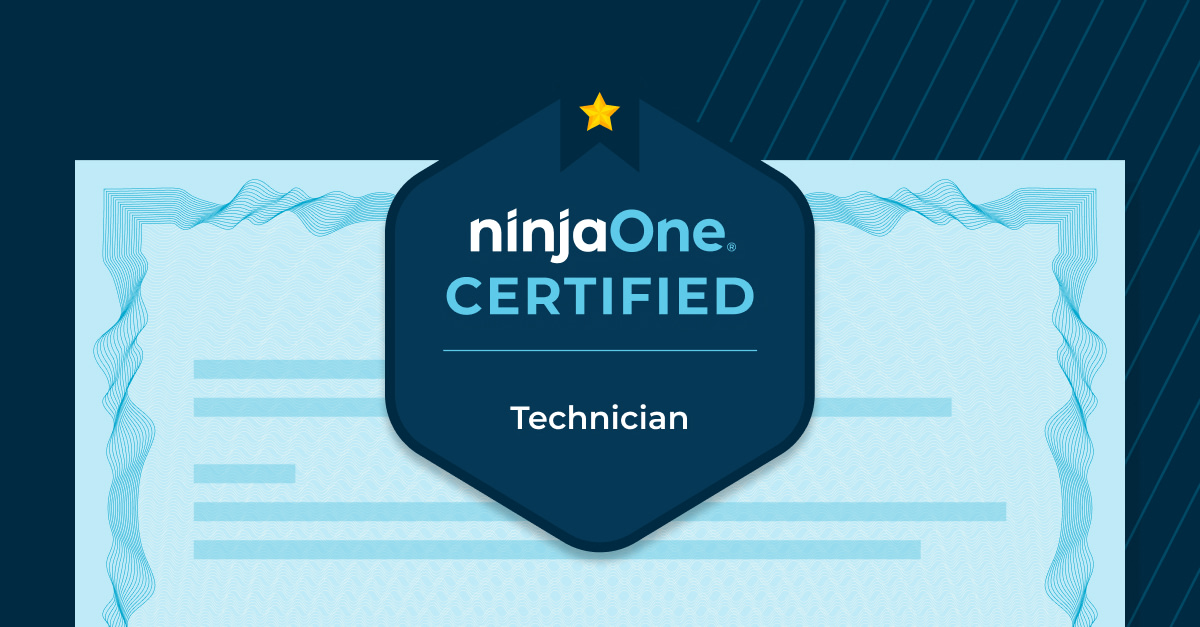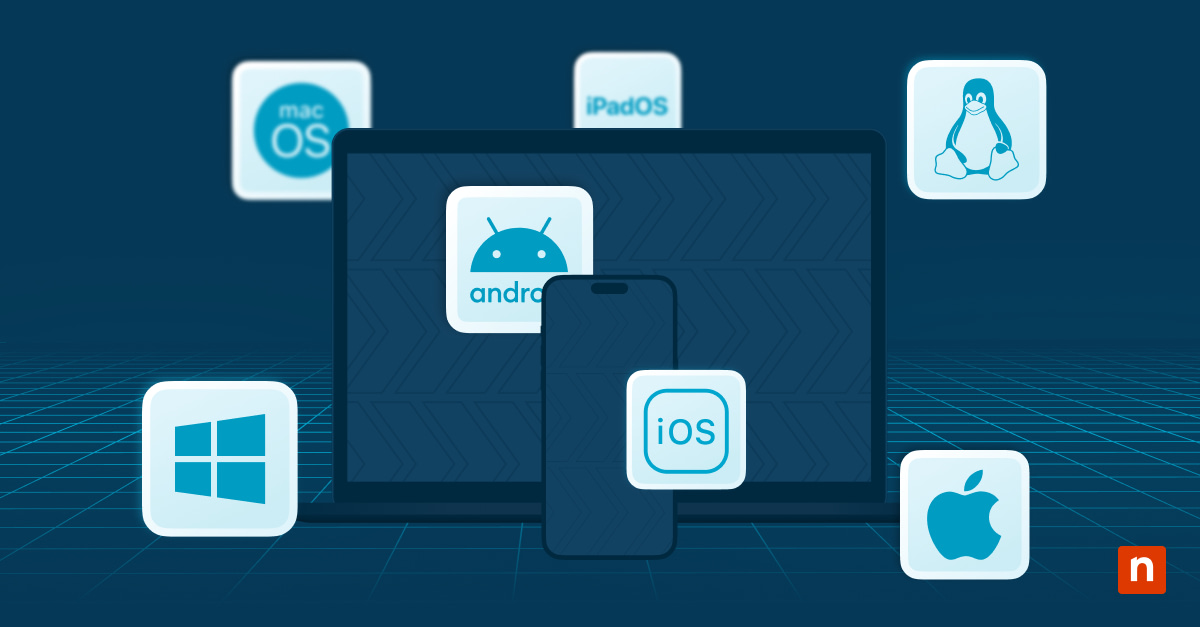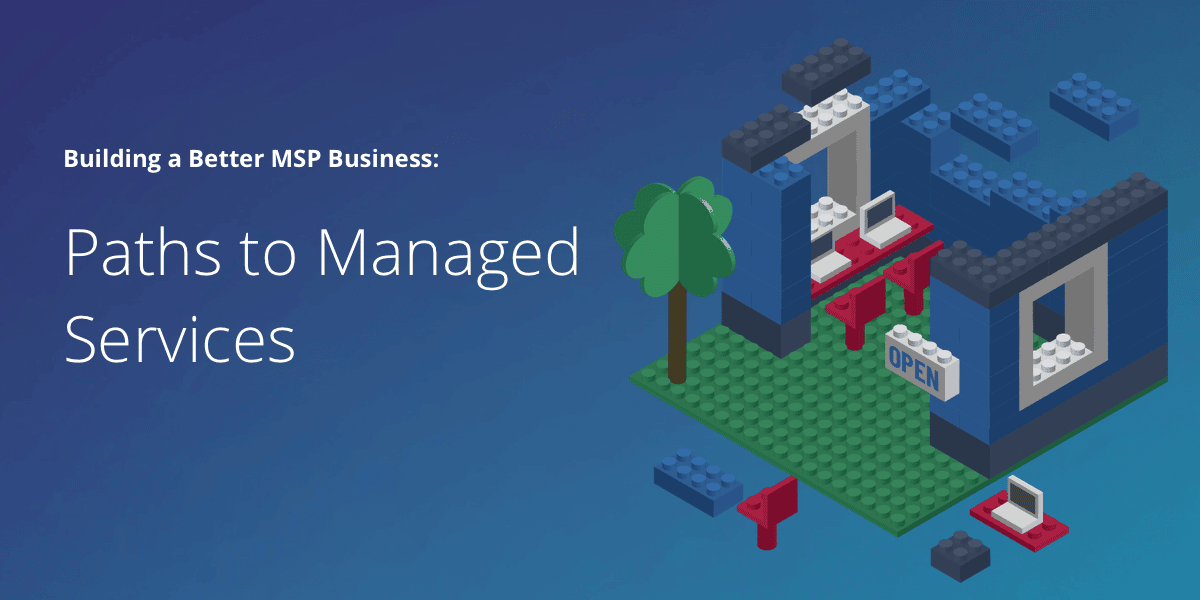
Note: The following is an excerpt from The Break/Fix to Managed Services Transition Kit, which includes a 4-step action plan making the switch to managed services along with bonus templates and tools you can use to get started right away.
The benefits of providing managed IT services have been fairly well-established. So have the drawbacks of offering break/fix support. But that doesn’t mean making a complete transition to managed services is an easy process, or that it’s something that typically happens overnight.
Every MSP’s path is different, and there can often be multiple pit stops along the way. Much depends on your clients, of course — their demographics, the nature of their IT environments, their specific needs, their receptiveness to change, etc. — but the following represent some of the most common tracks.
Let’s look at each of these paths as options you may want to consider.
Don’t have time to read this entire post now? Let us email you a copy of the complete guide so you can read it at your convenience. Get your PDF copy here.
Starting Point: Break/Fix Support
There are quite a few downsides to the break/fix model, but perhaps the most discouraging are all the ways it forces support providers to surrender control. Clients dictate when work gets done (typically after a fire has broken out), and what gets done (what’s the quickest, cheapest option that will hold things over for now?). As a result, it’s rare if you get to do anything beyond providing a short-term solution to the latest crisis du jour.
With managed services, your role is different. Clients are buying into the idea that you’re the best person to determine what work needs to be done to keep everything running smoothly. You’re not just limited to putting out fires, you’re given license to make the network more fire resistant. Not only is that good for the client, it’s good for your quality of life, too.
A common refrain we hear from MSPs who have made the switch to managed services is the only regret they have is not doing it sooner. Instead of getting bogged down with thankless, low-paying work and flinching every time the phone rings on the weekend, they’re working with managed services clients who consider them to be true partners. They’re doing more fulfilling and profitable work on their own terms. They’re happier and their business is doing great.
Path #1: “Almost” Managed Services
If managed services is a foreign concept, one way to ease clients into it is by offering to manage their antivirus software (AV). Not only do most clients (hopefully) already understand the need for AV, they’re also accustomed to paying for it on a monthly, per device basis (which sets you up nicely).
Let clients know that, as a bonus, you’ll be including additional monitoring by installing your RMM agent alongside the AV. If you have a bundle deal with your RMM vendor that includes discounted AV (ex: NinjaOne bundled with Webroot or Bitdefender) then you may be able to provide that monitoring for free and still make a decent margin. Think of it as a freemium offering you’re using to prove value and get clients hooked.
With your RMM is installed, you can immediately start identifying proactive maintenance opportunities and pitching them to the client. This is also where a block-time agreement — where you sell blocks of support time to your client up front — can really help speed things along. Clients don’t always like to pay for maintenance, but when they’ve already paid for your time they tend to be more receptive.
This lays some good groundwork for switching to managed services. Spot a failing hard drive? Prevent an outage or two? Now you’re making the case that proactive service can save your client downtime, headaches, and money. You may be surprised how quickly they start seeing the light.
Path #2: Managed Services
If you’re starting out with new clients or working with clients who are more receptive to transitioning, you may want to jump right in with a core managed services offering. For many MSPs, that includes a basic combination of managed AV, backup, and firewall solutions, along with remote monitoring and proactive desktop/server/network maintenance. All provided for one monthly rate, priced per user (recommended) or device.
The big difference between this and Stage 3 (Fixed-Fee Managed Services) is the scope of the support included. Here, included support may cover maintenance only (this is the approach Karl Palachuk recommends). Unlike fixed-fee / all-you-can-eat support (AYCE), it may not include adds, moves, or changes, which are billed separately (ideally using block-time billing). After-hours support may be outside of the agreement, as well.
Tip: When possible, utilize tools (AV, backup, etc.) that integrate with your RMM. That cuts down on screens and gives you a single pane of glass to manage everything from. Your RMM vendor may also offer discounted bundling options that can be much cheaper than buying solutions a la carte.
Path #3: Fixed-Fee AYCE Managed Services
Generally under a fixed-fee agreement, all services and support is provided for a flat monthly fee. We say generally because, while providing clients with truly comprehensive and unlimited 24x7x365 all-you-can-eat (AYCE) support is one option, you may still choose to provide some parameters in your SLA.
The benefit for the client is they only have one number they need to worry about and they can rest assured you’re taking care of the rest. The benefits on your end include a steady injection of recurring revenue as well as additional autonomy and control.
Path #4: Advanced/Niche Managed Services
As MSP markets become more crowded and competitive, the ability to provide specialized services beyond the essentials (AV, backup, firewall, monitoring, proactive maintenance) can help you differentiate yourself and move up market to larger, more profitable customers. Some skilled services are in higher demand than others. Security and devops capabilities are currently two of the hottest.
Thinking of transitioning from break/fix to managed services? Here’s a checklist.
Making the switch from break/fix to managed services isn’t a light undertaking. To help you understand what’s involved here is a checklist of core things you’ll need to have in place before you take the plunge. Click the image of the checklist below to download it as a PDF.
If you’re looking for actionable advice on making the switch check out our Break/Fix to Managed Services Transition Kit. It provides a 4-step action plan you can follow PLUS some additional templates/tools that can give you an easy jumpstart.

